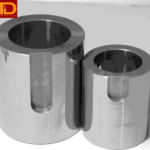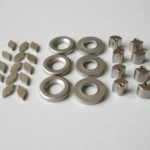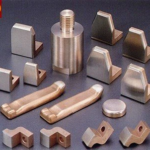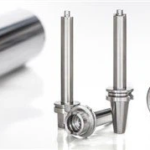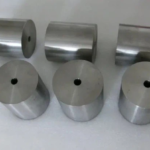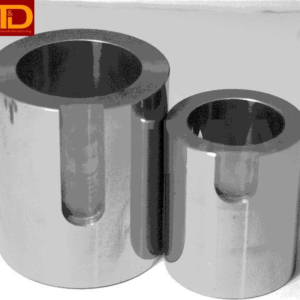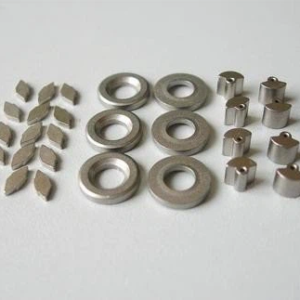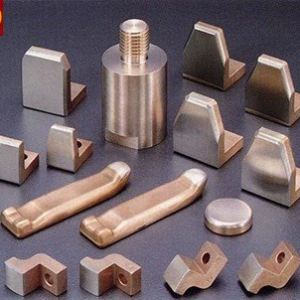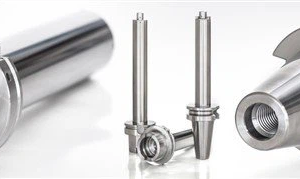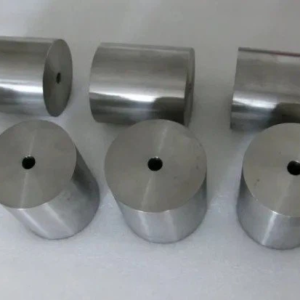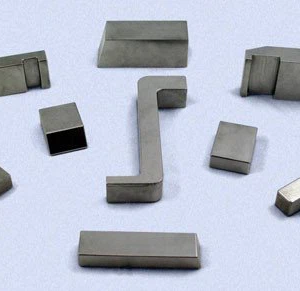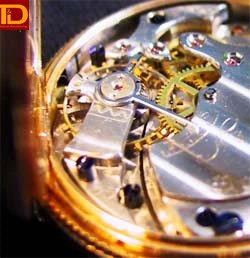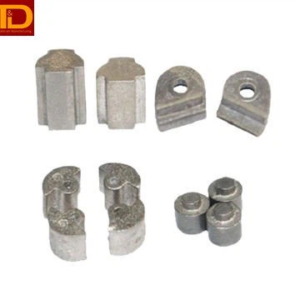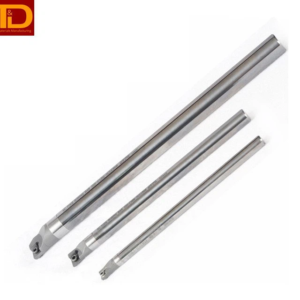Heavy Tungsten Alloy for Vibration Damping
We make tungsten alloy balancing weights for oscillations, weight transfers, imbalances, and vibrations, create or shift centers of gravity, and more generally ensure the optimum balance. Tungsten is heavier than both Uranium and Gold while costing significantly less. The only metals that weigh more are Platinum, Iridium, and Osmium. Type: Weight Aluminum: 0.098lb PCI Steel: 0.283lb PCI Lead: 0.409lb PCI Tungsten: 0.700lb PCI
We make tungsten alloy balancing weights for oscillations, weight transfers, imbalances, and vibrations, create or shift centers of gravity, and more generally ensure the optimum balance. Tungsten is heavier than both Uranium and Gold while being significantly cheaper. The only metals that weigh more are Platinum, Iridium, and Osmium.
-
Aluminum: 0.098lb PCI
-
Steel: 0.283lb PCI
-
Lead: 0.409lb PCI
-
Tungsten: 0.700lb PCI
Due to their high densities reaching up to 18.80 g/cm3, our tungsten heavy metal alloys offer exceptional performance in situations where significant weight needs to be accommodated within confined spaces.
Our tungsten heavy metal composite materials are used as balancing weights on crankshafts and in balance shafts for applications such as Formula 1 racing cars and large diesel engines. Moreover, with their high density, elevated modulus of elasticity, and streamlined mechanical processing capabilities, our tungsten heavy metal alloys are exceptionally well-suited for components like dampers and absorbers in the drive train. In aviation and aerospace industries, our tungsten composite materials exhibit remarkable performance in various applications, such as propeller and helicopter blades, rudders, radar equipment, and avionics systems.
Balancing weights play a vital role in various applications, mitigating the loads parts are exposed to and, in turn, increasing their service life.
Here are a few examples:
- Aviation and aerospace: Propeller and helicopter blades
- Automotive industry: Crankshaft counterweights and chassis weights
- Watch industry: Bobs on watch rotors
- Sports equipment: Golf clubs
- Optical industry: Microscopes and measuring instrument
- Oil and gas drilling: Downhole logging tools
Due to the brittleness of pure tungsten, we add nickel and iron into our composite materials, applying the molten material through a liquid-phase sintering process. The nickel-iron phase acts to bind the tungsten grains, ensuring a high level of ductility. This results in a material with optimized mechanical processing capabilities and the ability to withstand substantial loads. Our balancing weights, being both easily processed and high in density, find utility in various capacities. For instance, machined weights made from non-magnetic materials serve as bobs on watch rotors. The intricate geometries of our weights are also employed for balancing microscopes, high-precision optical instruments, and other products in the semiconductor industry.
The majority of T&D high-density alloys have a tungsten content exceeding 90%. We add nickel-iron or nickel-copper as a binder. Whether your preference leans towards higher density or increased elasticity, or if you require a weakly ferromagnetic or paramagnetic product, our diverse range of materials offers the optimal solution for your specific application. We would be pleased to assist you in selecting the most suitable option.
| TUNGSTEN | AMS-7897 | AMS-7898 | AMS-7898 |
| 90%W 6% NI 4%Cu |
90%W
7% NI 3.0% Fe |
92.5%W
5.25 Ni 2.25 Fe |
93%W Balance NI Fe Mo |
95%W 3.5% Ni 1.5%Cu |
95%W 3.5% Ni 1.5%Fe |
97%W 2.1% NI .9%Fe |
|
| AMS T 21014D | Class I | Class 1 | Class 2 | Chip Resistant |
Class 3 | Class 3 | Class 4 |
| SAE AMS | 7725B5 | 7725B | |||||
| ASTM-B-777-87 | Class 1 | Class 1 | Class 2 | Class 3 | Class 3 | Class 4 | |
| Density Gms/cc | 17 | 17 | 17.5 | 17.7 | 18 | 18 | 18.5 |
| Density Lbs/Cu. In | 0.614 | 0.614 | 0.632 | 0.639 | 0.65 | 0.65 | 0.888 |
| Hardness Rc | 24 | 25 | 26 | 32 | 27 | 27 | 28 |
| UTS (Psi) | 110,000
|
120,000 | 114,000 | 125,000 | 110,000 | 120,000 | 123,000 |
| Yield .2% Offset (Psi) | 80,000 | 88,000 | 84,000 | 95,000 | 85,000 | 90,000 | 85,000 |
| Elongation-% in 1” | 6 | 10 | 7 | 4 | 7 | 7 | 5 |
| Proportional Elastic
Limit (psi) |
45,000 | 52,000 | 46,000 | 60,000 | 45,000 | 44,000 | 45,000 |
| Modulus/Elasticity (Psi) | 40×10 | 45×106 | 47×106 | 53×106 | 45×106 | 5OxiO6 | 53×106 |
| Coefficient of Thermal Expansion x 10-61C (20400C) | 5.4 | 4.61 | 4.62 | 4.5 | 4.43 | 4.6 | 4.5 |
| Thermal Cond (CGS) | 0.23 | 0.18 | .2 | 0.27 | 0.33 | 0.26 | 0.3 |
| Elec Conductivity
(%IACS) |
14 | 10 | 13 | 14 | 16 | 13 | 17 |
| Magnetic Properties | Nil | Slightly | Slightly | Slightly | Nil | Slightly | Slightly |

